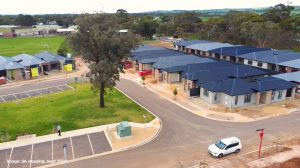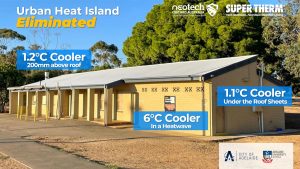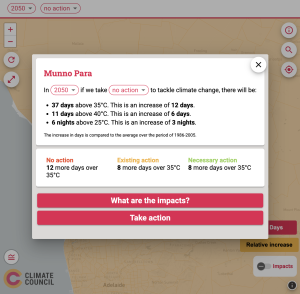SA Government’s Cool Roof Climate Change – Mixed Vision for the Future
In a media release, SA Premier Peter Malinauskas stated the SA Government in a northern suburbs housing development will feature exclusively light-coloured roofs, in a plan to increase sustainability and decrease household electricity bills.
The media release stated: The same report found light roofed buildings were 5.81°C cooler that average during the day, while dark roofed buildings were 4°C hotter than average during the day. The homes being built are opposite to government announcements.
The 2020 House Design Guide by the SA Housing Authority state page 6 “Roof Colour Lighter roof colours should be selected. Black, charcoal, and dark greys must be avoided. International research is suggesting that lighter coloured roofs can be solar reflective “cool” roofs and are an effective way to reduce energy costs. Dark roofs may also have the potential to contribute to documented “urban heat island” effects whereby roads and hard surfaces are known to contribute to an increase in temperature in built-up areas.”
SUHO are committed to driving Australia’s transition towards a more sustainable built environment have a SA Government Cool Roof Discussion paper from 2010 states “cooling demand is reduced by between 8-25% for each building”.
A Cool Roof Pilot 2022-2023 with Super Therm® with the City of Adelaide by the University of Adelaide in a summary concluded:
- The Super Therm® resulted in an average air temperature reduction of 1.2°C below ambient at 200mm above the roof surface and 1.1°C below ambient inside the roof space with insulation below the metal roof sheets
- Super Therm® can effectively maintain the indoor air temperature up to 6°C lower than the ambient outdoor air temperature during heatwaves.
The Climate Council heat map states that no action to tackling climate change by 2050 in Munno Para there will be 37 days above 35°C, an increase of 12 days. These homes being built by SA Housing Trust are considered ‘no action’.
Tackling climate change with 20th century strategies from 1970s insulation company testing of R-values is backwards. Block heat at the envelope of buildings is the key for 2050 focus heat management. Blocking heat is more than possible and its much more than just colour. The Heat Neutraliser Super Therm® blocks 99.5% infrared heat and 96.1% total solar heat.












